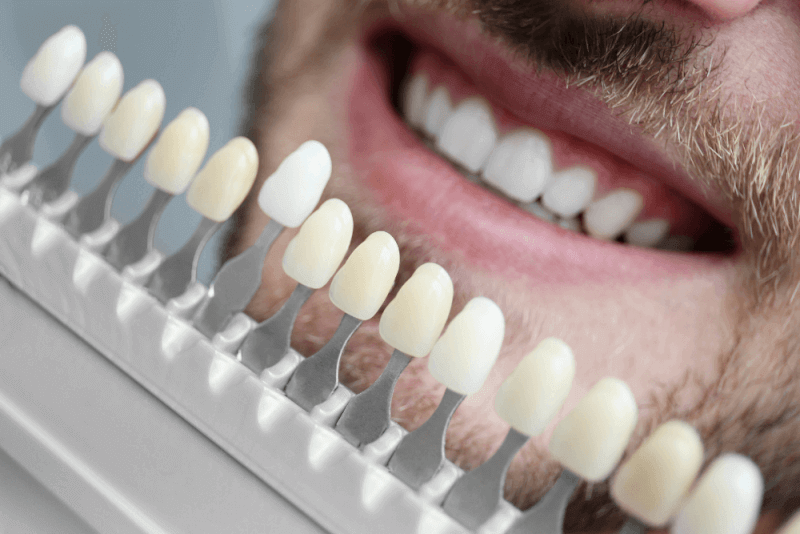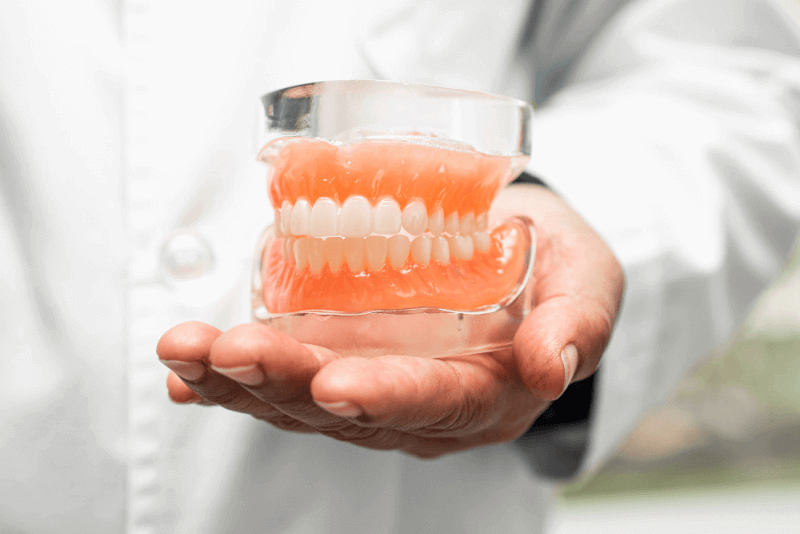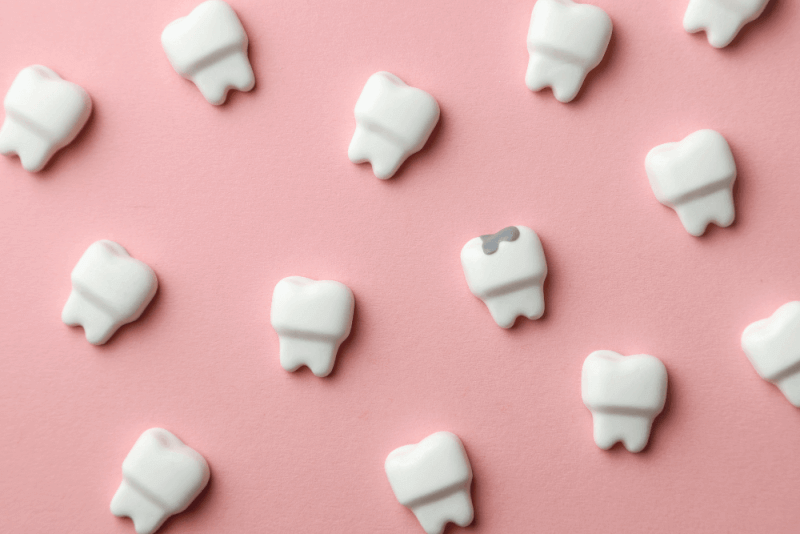30-Second Summary
- Smile design is also known as Hollywood Smile. It is an aesthetic dentistry procedure that corrects parts of the teeth and gums that affect the appearance and aligns the dental structure with the face.
- Since each patient has different needs, personalized planning is required. The patient's gender, facial features, age, and preferences are important in determining the procedures.
- Before starting the smile design, dental and gum issues must be treated. Decayed teeth are cleaned and filled, and gum problems are resolved. Once a healthy oral condition is achieved, the smile design is applied.
- In order to undergo smile design, the patient must have completed bone development.
What Is Smile Design?
Smile design, also referred to as the Hollywood Smile, is a procedure within the field of aesthetic dentistry. It involves correcting parts of the teeth and gums that negatively impact appearance and aligning the dental structure in proportion to the face. The goal is to achieve a natural and aesthetically perfect smile. In order to obtain the desired result, a multidisciplinary approach is essential.
How Is Smile Design Performed?
Since every patient has different needs, a personalized treatment plan must be created. Factors such as gender, facial features, age, and individual expectations are taken into account when determining the appropriate procedures.
Before proceeding with smile design, existing dental and gum problems must be addressed. This includes cleaning and filling decayed teeth and resolving gum issues. Once optimal oral health is achieved, the smile design process can begin.
Various methods can be used depending on the patient's expectations. The selection and application of these techniques are generally planned using 3D modeling systems.
Which Conditions Are Suitable for Smile Design?
To undergo smile design, the patient must have completed bone development. Additionally, there should be no existing health condition that would prevent the procedure.
Situations that may require smile aesthetics include:
- Broken teeth
- Cracked teeth
- Discolored teeth
- Worn teeth
- Teeth disproportionate to lips or face
- Gaps between teeth
- Crooked teeth
- Missing teeth
What Are the Stages of Smile Design?
The first stage of smile design is to ensure oral health. The following steps are included:
- Accurately understanding the patient's aesthetic expectations.
- Taking measurements of the patient's mouth.
- Special models are prepared based on these measurements, and potential problems are analyzed and planned.
- Photographs of the patient's mouth and face are taken and analyzed with special computer software.
- The planned techniques are simulated on a 3D image.
- Temporary restorations tailored for the patient are prepared.
- Temporary restorations are applied and feedback from the patient is collected.
- Necessary interventions are made on the gums after the planning phase is complete.
- If there is a tooth deficiency, implants are placed.
- If surgery is performed, healing time is allowed.
- Composite fillings are used to correct visual and structural issues in the teeth.
- If fillings are insufficient, laminate or crown procedures are performed.
- For some patients, cosmetic applications such as dermal fillers are applied to the lips and face to complete the overall look.
Types of Smile Design
Smile designs are entirely tailored to the individual. However, there are some reference tooth forms that help better understand patients' preferences.
Sporty Smile
A sporty smile is characterized by lateral incisors being shorter than the central incisors, creating a dynamic appearance. It is one of the most commonly preferred designs.
Attractive Aesthetic Smile
The attractive aesthetic smile, most often preferred by female patients, typically features front teeth that are longer than the others.
Intellectual Smile
This design creates a more mature and knowledgeable look and is generally favored by older patients.
Post-Smile Design Care Instructions
To maintain the results of a smile design procedure for a long time, patients should pay attention to the following aftercare tips:
- Maintain oral hygiene by brushing regularly and using dental floss.
- Schedule professional dental cleanings at recommended intervals to preserve tooth color.
- Avoid hard foods that may damage the restorations.
- Refrain from consuming foods and beverages that may stain the teeth.
- If you suffer from teeth grinding or clenching, seek appropriate treatment.
- Do not skip regular dental check-ups.







